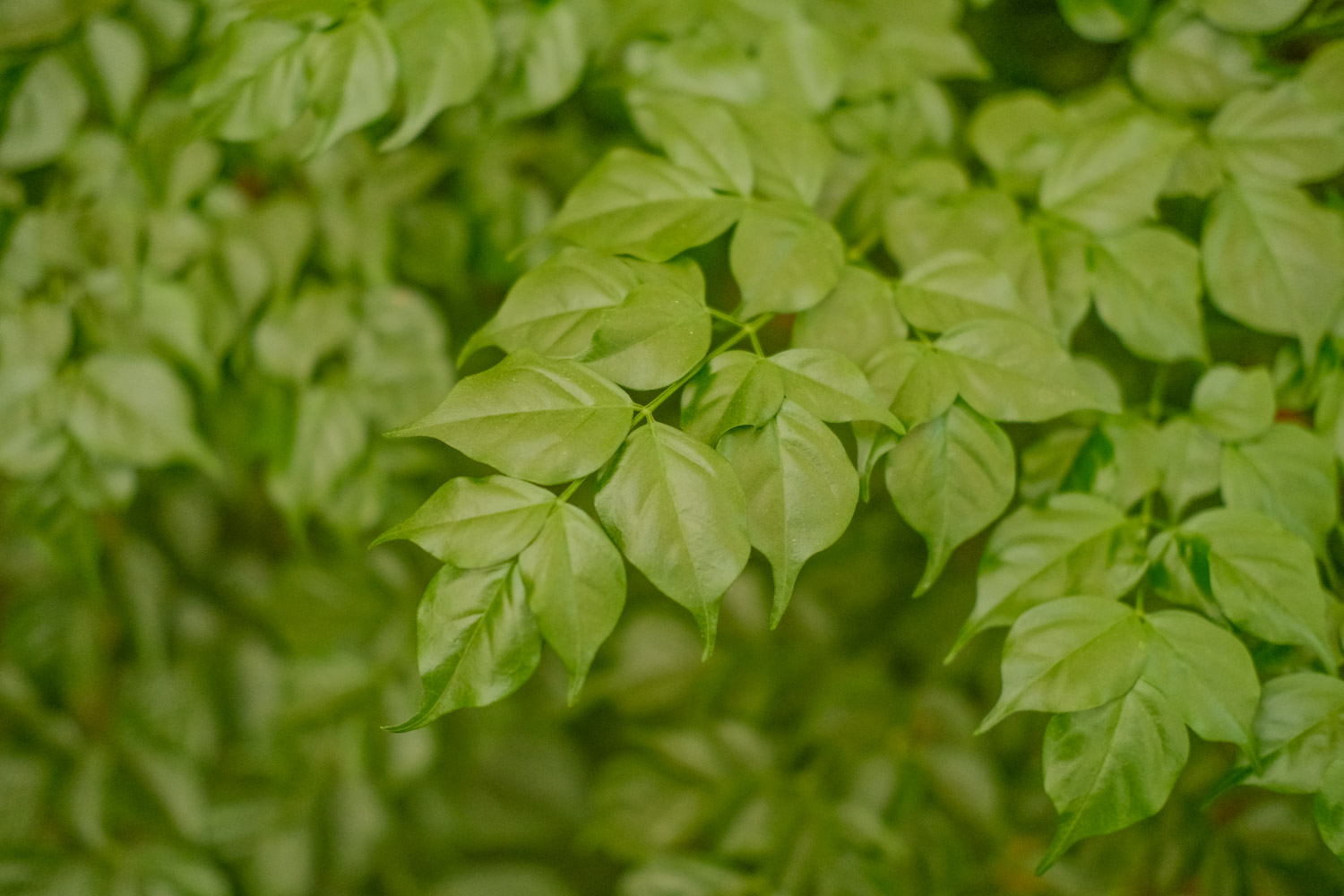1、 Raise the temperature
The happy tree is suitable to grow in the environment of 20-28 ℃. The temperature after cutting the rod shall not be lower than 5 ℃, otherwise its survival will be affected. If you want it to recover quickly, the day and night temperature should be between 18-20 ℃

2、 Enhanced illumination
Proper illumination is beneficial to its recovery. Although there are no branches and leaves after truncation, it still needs sufficient light. Indoors, you can put it on the balcony and receive light all day

3、 Water and fertilizer management
After cutting the rod, it should not be watered too much. At this time, it has little absorption of water. It is not suitable to apply fertilizer immediately. A certain nutrient solution can be added when watering. In this way, it can supplement nutrients, and after dilution with water, it will not cause damage to the root

4、 Carry out germination
If you want it to germinate naturally, you need to paint the incision or use wax to avoid the loss of water. If you want to promote germination, you can apply a certain amount of gibberellin to the bud eye. Don't apply too much on the ground. You can germinate in a short time. You can also carve a trace on the bud eye or prick it with a needle, which can effectively promote the growth of new buds

 how many times do yo...
how many times do yo... how many planted tre...
how many planted tre... how many pine trees ...
how many pine trees ... how many pecan trees...
how many pecan trees... how many plants comp...
how many plants comp... how many plants can ...
how many plants can ... how many plants and ...
how many plants and ... how many pepper plan...
how many pepper plan...



























